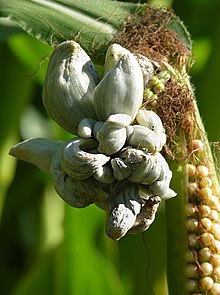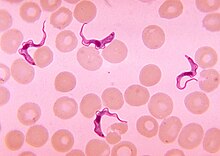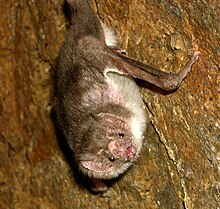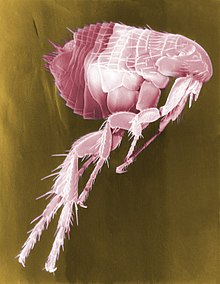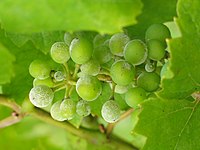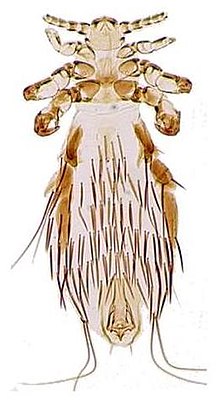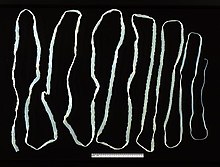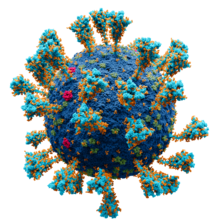Last update: September 2024
ParasitismAncestral state reconstruction
Zombieland – Story
The story of a fungus that parasitizes and manipulates an ant
Context
You may have heard of the ‘zombie ant fungus’, real name Ophiocordyceps unilateralis, which is presented as a major threat to human survival in the video game and TV series ‘The Last of Us‘.
In this work of fiction, rising temperatures linked to climate change contribute to the evolution of this fungus. The fungus will then infect humans and manipulate their behavior in order to promote its own reproduction and survival.
In real life, O. unilateralis is a parasitic fungus that infects certain ants and modifies their behavior. In particular, O. unilateralis infects carpenter ants living in tropical forests.
Index
- Parasites: often unwanted organisms
- Some famous parasites
- The life of carpenter ants and of the O. unilateralis fungus
- + The host-parasite relationship, at the molecular level
- Host-parasite co-evolution
- + How to study host-parasite co-evolution? How can we reconstruct ancestral traits?
- Is the (fungal) zombie apocalypse approaching?
- + Mushrooms in Chinese medicine
- More zombie stories
Parasites: often unwanted organisms
A parasite is an organism that takes advantage of another living being (the host) to live and reproduce.
This relationship between the parasite and the host is beneficial for the parasite: it can be neutral, but is often harmful for the host, leading to disease and even death.
Parasites can be animals, plants, fungi, protozoa or bacteria. Viruses are considered as a special class of parasite.
Some parasites live inside their host, like intestinal worms. Others live on the surface of their host, like lice, ticks, mistletoe or ivy.
Almost any species is likely to serve as a host for a parasite in the future. Parasites’ reproductive cycles sometimes involve several consecutive hosts, adding fascinating complexity to their way of life.
The world of parasites is rich and diverse. It illustrates the incredible adaptability of organisms and the variety of reproductive strategies…you’ll find it mesmerizing, unless you’re a victim of a parasite yourself, just like the carpenter ant!
The life of carpenter ants and the O. unilateralis fungus
Carpenter ant colonies are generally located high up in the trees of tropical forests. These ants use aerial trails to search for food, descending to the ground only when necessary.
When they are on the ground, they can be infected by a spore of the O. unilateralis fungus: the fungus penetrates the ant, reproduces and organizes itself into a colony inside the ant’s body.
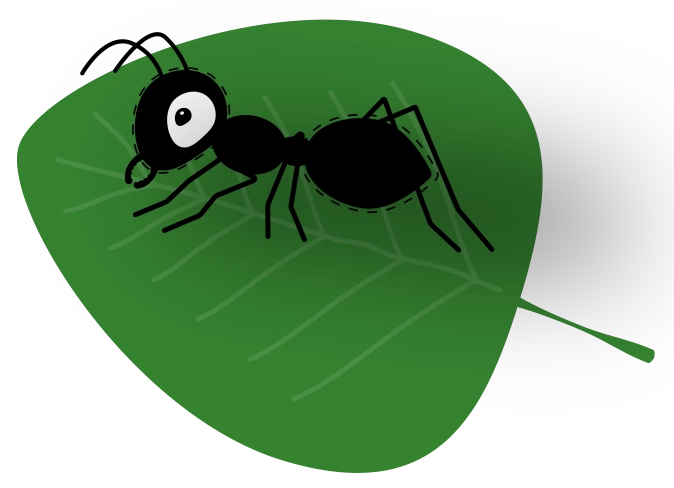
The fungus releases substances into the ants’ brains and muscles. Under the influence of these different ‘drugs’, the infected ants change their behavior.
If the infected ants had behaved normally, they would have lived for the rest of their lives in the colony. Once dead, they would have been quickly eliminated by the worker ants who scrupulously clean their environment. The fungus would not have been able to complete its reproductive cycle.
Under the influence of the various ‘drugs’ released by the fungus, the ants will leave the colony for good, clinging to leaves close to the ground.
In this ecosystem, humidity and temperature are ideal for the fungus to reproduce. O. unilateralis then produces compounds that atrophy the ant’s jaw muscles, so that the ant can no longer detach itself and dies, attached to the leaf. This is known as death grip.

A few hours after the ant’s death, the fungus produces a kind of stem that emerges from the ant’s head. This stem is called a sporophore: it’s the visible part of the fungus.
This stalk releases spores onto the ground. These spores can then infect other ants.
This is the start of a new cycle.
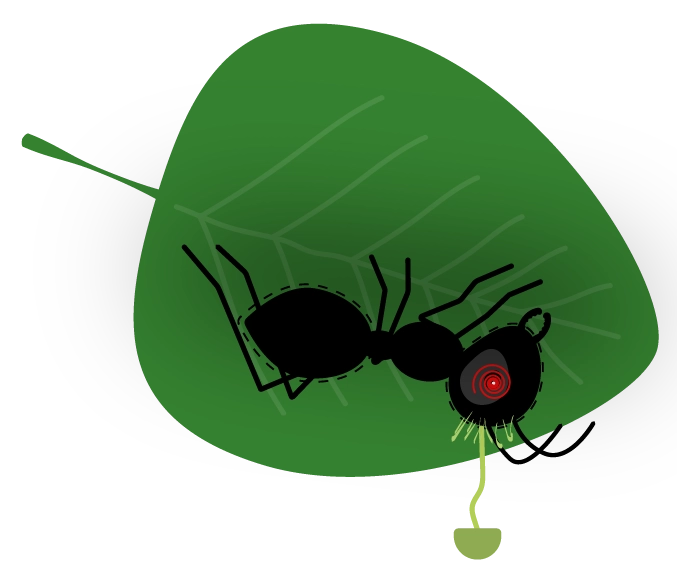
In the course of evolution, O.unilateralis has therefore acquired optimal means for efficient reproduction::
(1) the fungus colonizes and modifies the ant’s behavior so that it dies in an ideal location for it
(2) the fungus exploits the dead ant’s body to complete its reproductive cycle.
The host-parasite relationship, at the molecular level
What happens in the fungus and in the ant’s body during infection? What biological processes are altered?
In a 2015 study, researchers sequenced the O.unilateralis genome (here’s a small piece of the fungus genome).
The O.unilateralis genome contains some 10,000 protein-coding genes. The authors estimate that 13% of these proteins are specific to this fungus. Some proteins are similar to bacterial toxins. They could be produced by the fungus at the moment of lethal attachment and could be responsible for the ant’s muscular atrophy.
The researchers also studied changes in gene expression, particularly at the moment of lethal attachment. They analyzed 18 million pieces of messenger RNA extracted from the heads of infected ants.
- In ants: the expression of 1,900 genes is altered during the process (around 10% of all genes). The presence of the fungus induces a reduction in the immune response. The expression of genes involved in stress responses, chemosensory communication (ants are less sensitive to environmental signals) and apoptosis (cell suicide) is altered. Once the lethal attachment has taken place, the ant genes involved in apoptosis are activated in the brain: brain cells gradually self-destruct.
- In fungi: the expression of 1,400 genes is modified (around 14% of all genes) at the moment of lethal attachment. These genes are involved in redox processes (modulation of the ant’s inflammatory state) and interaction with pathogens.
These results need to be confirmed by further studies.
Source : Gene expression during zombie ant biting behavior reflects the complexity underlying fungal parasitic behavioral manipulation (2015)
Host-parasite co-evolution
Studying the evolutionary relationships between parasites and their hosts is an important aspect of evolutionary ecology: in particular, it enables us to understand the complex mechanisms involved in species survival and mutual adaptation.
One of the aims of evolutionary ecology is to reconstruct what happened during the evolution of “host” and “parasite” populations.
Ancestral Character State Reconstruction (ACSR) is a method used to determine what characters ancestral organisms might have had, on the basis of characters observed in their descendants. It is thus possible to trace the character states of organisms that lived millions of years ago (wikipedia).
In 2019, scientists studied 629 species of parasitic fungi (order Hypocreales). By combing over 1,600 publications, they were able to find the hosts of these different parasites and reconstruct their evolutionary history!
Source : Zombie-Ant Fungi Emerged from Non-manipulating, Beetle-Infecting Ancestors (2019)
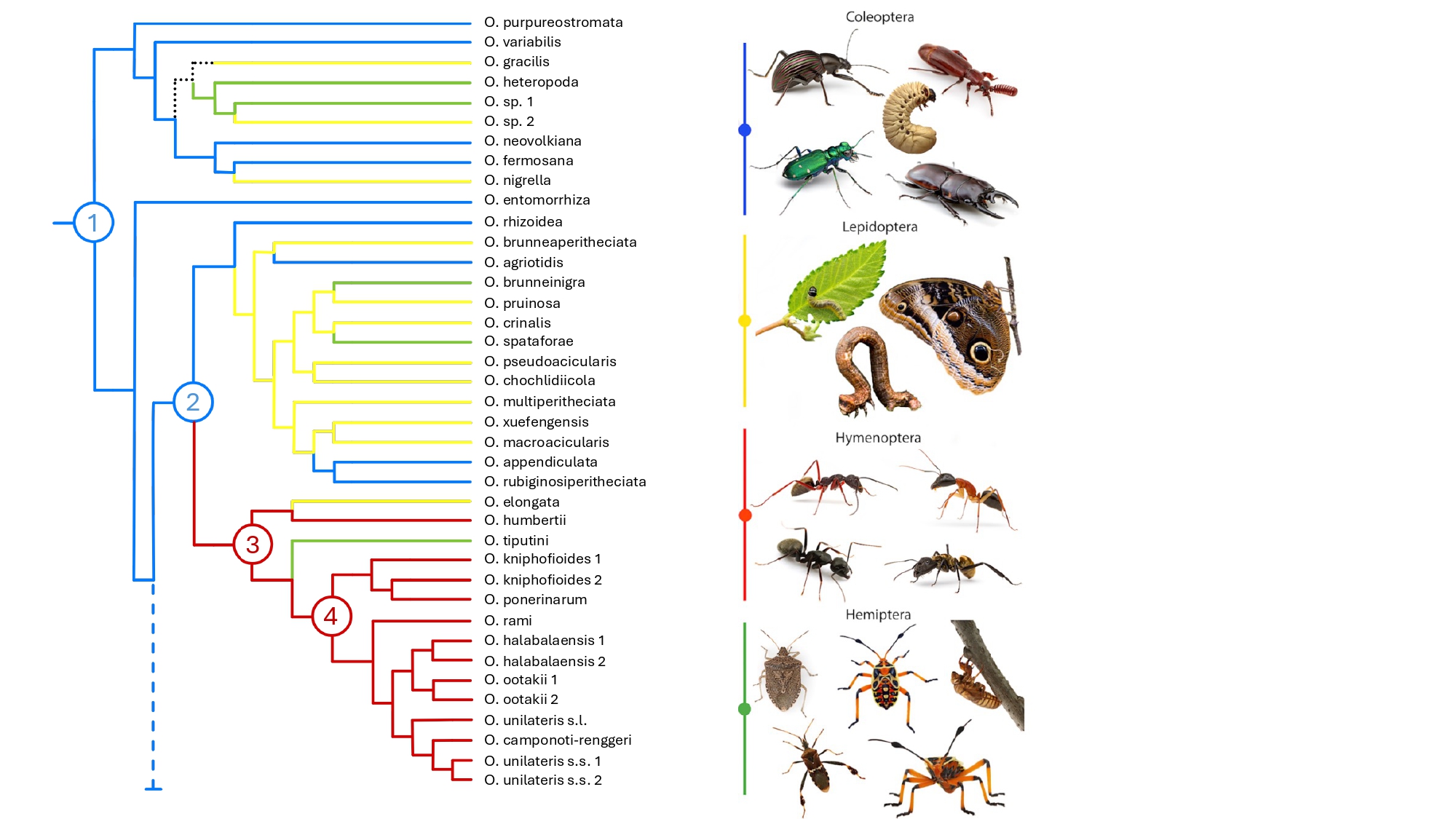
Different-colored branches reflect different host-parasite associations. Node 1: the ancestor of Ophiocordyceps fungi was a parasite of beetle larvae // Node 2: transition point between Ophiocordyceps fungi parasitizing beetles and those those that parasitize social insects (bees, ants, wasps) // Node 3: the first ancestor of Ophiocordyceps fungi to parasitize social insects // Node 4: the first fungus to parasitize ants (adapted from figure 1, publication)
The phylogenetic tree of Ophiocordyceps fungi, with their hosts predicted using the ACSR method, shows at what point in their evolution the various fungal species changed host.
The ancestors of O. unilateralis were probably parasites that infected beetle larvae in soil or decaying wood. Beetles are rather solitary insects.
Over time, the fungi acquired the ability to modify their host’s behavior: they then began to infect social insects, including ants.
Social insects live in highly organized societies. The colony is protected from disease and pathogens by meticulous cleaning: the body of the infected organism is rapidly eliminated. A change in the behavior of the infected organism was therefore required: it must die outside the colony to allow the fungus to complete its reproductive cycle. This is what happens to the carpenter ant infected with O. unilateralis.
The change of host during the evolution of the fungus was possible because the beetles, ants and fungus lived in the same environment.
How to study host-parasite co-evolution? How can we reconstruct ancestral traits?
Various approaches are used for ‘ancestral character state reconstruction‘ (ACSR), including the principle of parsimony.
In this case, the idea is to minimize the number of changes needed in ancestors to explain the characters observed in present-day species.
Here’s an example of a simple algorithm (Fitch’s algorithm) that uses the principle of parsimony. In this algorithm, all ancestral traits have the same probability of existing (wikipedia).
Suppose we have three species of fungi (A, B, C) and 2 observed characters : 0 ->the fungus parasitizes a beetle; ; 1 -> the fungus parasitizes an ant.
Fungi B and C have a common ancestor (ancestor 1). The common ancestor of all fungi is ancestor 2.
Here is the phylogenetic tree of the 3 species of fungi:
ancestor 2
/ \
A ancestor 1
/ \
B C
We will assign the observed characters to the end nodes: A (0), B (1), C (0), and ‘reconstruct’ those of ancestor 1 (X) and ancestor 2 (Y).
Y / \ 0 X / \ 1 0
Fitch algorithm: we’ll start with the lowest nodes in the tree and work our way up to the root, assigning characters (0 or 1) to ancestral characters while minimizing the total number of changes.
- X :
- B: 1 -> 0
- C : 0 -> 0
- -> The ancestral character X assigned to ancestor 1 with the minimum number of changes is 0.
- Y :
- A: 0 -> 0.
- X : 0 -> 0.
- -> The ancestral character Y assigned to ancestor 2 is 0.
The phylogenetic tree reconstructed with ancestral characters (1 or 0) that minimizes the number of changes is as follows.
ancestor 2 0
/ \ / \
A ancestor 1 0 0
/ \ / \
B C 1 0
0 -> the fungus parasitizes a beetle; 1 -> the fungus parasitizes an ant.
Hypotheses:
– Ancestor 1, the common ancestor of fungi B and C, was probably the parasite of a beetle.
– Ancestor 2, the common ancestor of mushrooms A, B and C, was probably also the parasite of a beetle.
Is the (fungal) zombie apocalypse approaching?
The O. unilateralis fungus belongs to the Corbiceps genus.
There are 750 species of Corbiceps fungi that infect different hosts in different environments, mainly arthropods (ants, spiders). Some also parasitize other fungi (source: Wikipedia)!
Although O. unilateralis can impressively control carpenter ants, it is highly unlikely that this fungus will infect humans in the future. The interaction between the fungus and its host is highly specific to the functioning of the 2 organisms. The same applies to other host-parasite interactions.
When we walk in nature, we unknowingly breathe in many fungus spores. Most fungi cannot survive at our body temperature (37 degrees Celsius). According to some scientists, this is a defense mechanism we have acquired over the course of evolution precisely to protect ourselves.
However, fungal diseases are on the increase, particularly in people with weakened immune systems. There are several reasons for this. One is the widespread use of antibiotics, which disrupt the natural balance of bacterial populations in our bodies and create a suitable environment for the proliferation of fungi. Another is global warming, which has led, for example, to the emergence of a pathogen called Candida auris, which infects people with weakened immune systems. Unlike most fungal infections, C. auris can spread from person to person. The fact that it has been present on several continents over a short period of time suggests a possible link with climate change.
Although “The Last of Us” is more fiction than reality, infectious disease experts welcome the growing awareness of the importance of fungal infections.
Source: The Last of Us” Apocalypse Is Not Realistic, But Rising Threat of Fungal Pathogens Is (2023)
Mushrooms in Chinese medicine
Around thirty species of mushroom in the Cordyceps genus have been used for over 1,500 years in Chinese medicine, and are sold today as dietary supplements. This is not the case for our O. unilateralis mushroom.
Some Cordyceps are known as ‘Himalayan Viagra’ for their potential in areas such as fertility and libido in men and women.
“To address concerns about using these fungi as food supplements or health additions, safety studies are necessary.”
Source: Bioactive compounds from Cordyceps and their therapeutic potential (2023)
More zombie stories
A crab is parasitized by small crustaceans (sacculina): the parasite survives by hijacking the crab's reproductive system, forcing it to protect its larvae - video (EN)
Rats infected with Toxoplasma gondii are no longer afraid of cats. And cats are essential hosts for the parasite's reproductive cycle - video (EN)




